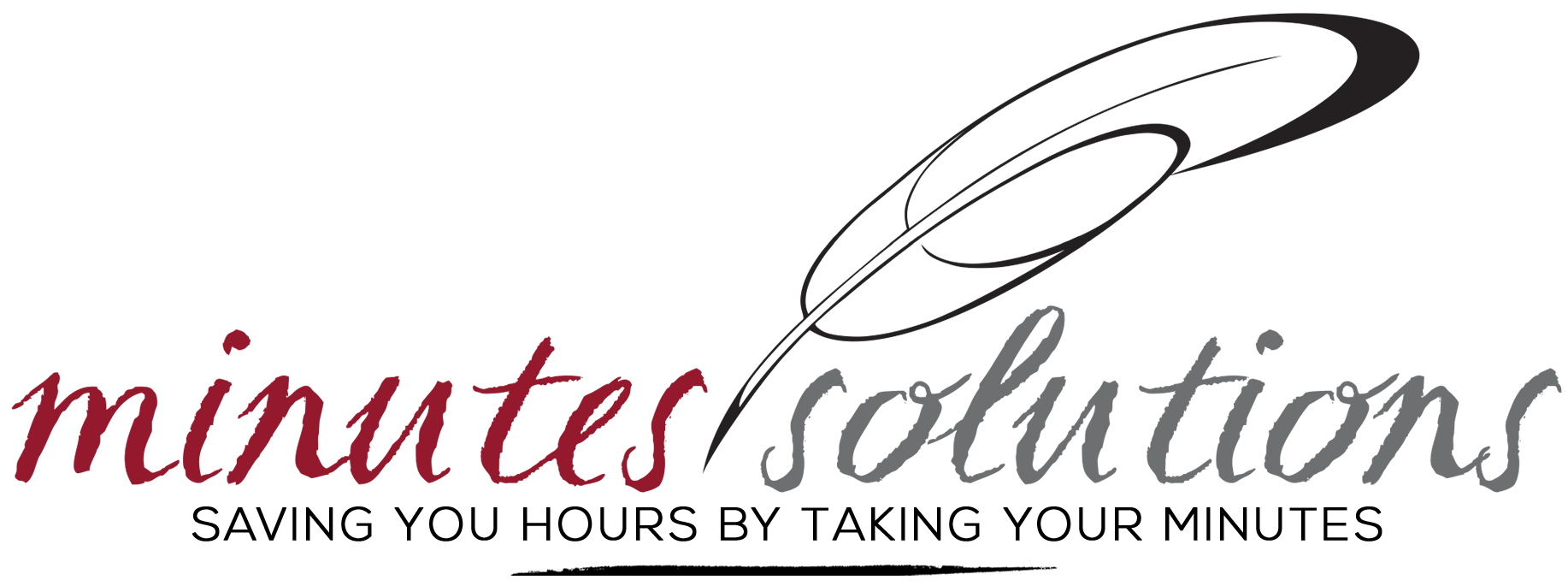Florida’s allure as a winter escape attracts over 800,000 seasonal residents, known as “snowbirds,” each year from November to April. Their presence poses both challenges and opportunities for community managers in various associations across the state. This guide aims to assist community managers in facilitating a smoother transition for both full-time and seasonal residents during snowbird season.
Understanding Snowbirds
Snowbirds, primarily retirees, significantly impact the state’s economy and community life. Mainly arriving from Canada during winter, they spend up to six months in Florida, avoiding harsh winters to maintain healthy habits and enjoy outdoor activities. Meanwhile, with the rise of remote work, some younger professionals are opting for short-term stays, seeking flexible vacation rentals within Condominium Owners Associations (COAs) and Homeowners Associations (HOAs), while retirees often purchase properties in these associations.
The increased resident population during snowbird season can strain community resources and sometimes disrupt permanent residents. Effectively managing a community during this time necessitates a delicate balance of preparation, communication, and addressing the distinct needs of both resident groups.
- Encourage Active Participation
Establish trust by keeping owners well-informed about financial matters and encourage their active involvement in virtual board meetings. Their active involvement in board or committee meetings not only gives them a voice in decision-making but also keeps them abreast of community developments.
2. Communication Is Key
Use various channels to keep residents informed about community events, maintenance schedules, financial matters, and any policy or procedural changes. Establish an efficient system to verify and update mailing addresses, ensuring that vital documents are not mistakenly sent to residents’ northern homes during snowbird season.
Update your community website regularly, distribute newsletters, and use social media platforms to stay in touch with snowbirds throughout the year. This can help minimize the challenges snowbirds might face when transitioning back to Florida. Consider creating a dedicated section on your community website or a monthly newsletter specifically tailored to snowbirds, offering information on local events, health services, and any other pertinent details they may find helpful during their stay. Use the time when homeowners are on-site to educate them about year-round community issues, enhancing their readiness to manage interactions with renters and leasing agencies effectively.
3. Seasonal Services
Adapt community services by adjusting hours, providing additional security measures, and organizing special events to accommodate snowbirds. Collaborate with local businesses to offer exclusive discounts or services to snowbird residents, fostering a sense of community and goodwill.
Ensure that maintenance schedules are communicated clearly, and services such as landscaping and pest control are managed efficiently to maintain the community’s appeal throughout the snowbird season.
4. Social Integration
Navigate the delicate balance between year-round residents and snowbirds by embracing the vibrant energy that winter months bring to your community and fostering social integration. Organize ‘snowbird socials,’ engaging mixers, potlucks, or community events that encourage unity. Additionally, create clubs or interest groups catering to the diverse interests of both demographics, breaking down social barriers and building a more cohesive community. This proactive approach not only welcomes snowbirds but also strengthens the sense of community among all residents.
5. Use Technology as a Tool
Leverage technology to streamline communication and community management. Implementing community apps or online platforms can facilitate easy access to information, event updates, and maintenance requests. Encourage residents to use these tools, making it convenient for snowbirds to stay connected with the community even when they’re not physically present.
6. Emergency Preparedness
Ensure emergency preparedness by reviewing and updating evacuation plans, sharing emergency contact information, and conducting drills to ensure that all residents are familiar with safety protocols. Consider designating community ambassadors or volunteers who can assist new arrivals in understanding emergency procedures.
7. Managing Budgets with Snowbirds in Mind
Florida’s charm comes with challenges like corrosive saltwater and storms that increase operational costs for homeowners, condominium owners, and community associations. Community managers should focus on effective financial management and budget wisely. Craft a comprehensive budget considering rising costs for maintenance and amenities during snowbird season. This prevents surprises and ensures financial stability, benefiting both year-round and seasonal residents.
Additionally, given soaring insurance premiums, ensure adequate coverage by regularly reviewing policies, consulting experts, and prioritizing essential coverages to protect the community effectively.
Conclusion
Successfully managing a community during snowbird season requires a proactive and inclusive approach. By understanding the unique needs of seasonal residents, maintaining clear communication, adapting services, fostering social integration, leveraging technology, prioritizing emergency preparedness, and managing finances efficiently, community managers can create a harmonious and thriving environment for both full-time and snowbird residents alike.
How Professional Minute-Taking Can Help
Navigating snowbird season demands precise documentation and timely action. As an industry expert, Minutes Solutions has worked with thousands of condominiums and HOAs across North America since 2014. With a team trained in the nuanced requirements of community associations, our professional minute takers ensure accurate and comprehensive records of every crucial meeting detail. Our commitment to swift delivery ensures that community managers receive minutes promptly, aiding them in efficiently addressing action items identified during meetings.
Trust Minutes Solutions to be your partner in comprehensive and timely documentation to support you in steering your association with precision and efficacy.




